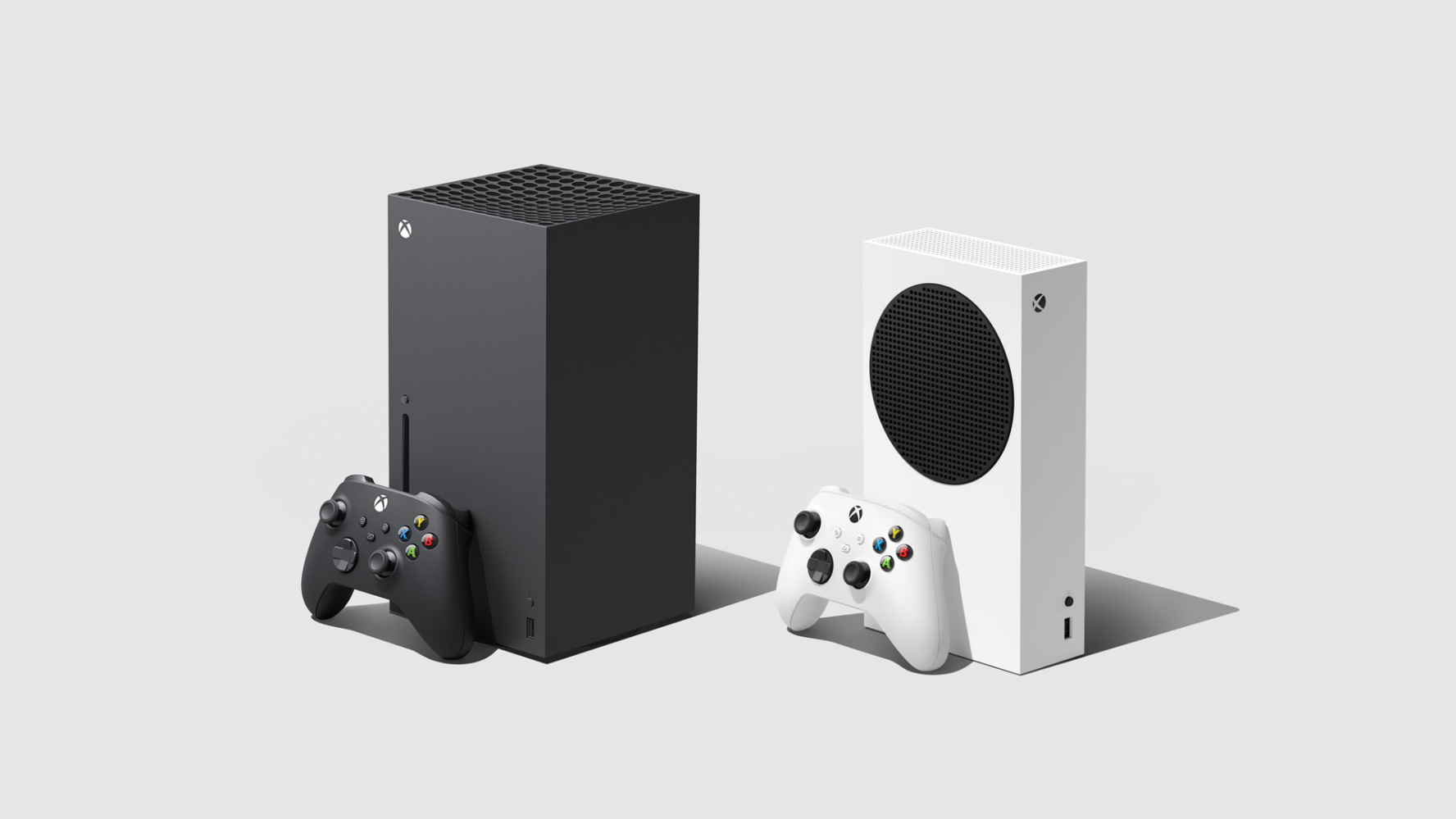The US Natural Resources Defense Council, a non-profit group, released a report today which examined the power consumption of next gen consoles. Their conclusions indicate that there’s more which Microsoft and Sony could be doing to improve energy efficiency and reduce power consumption.
The group reportedly tested a PlayStation 5 and an Xbox Series S, but relied on reported power usage levels from news outlets such as CNET for the Xbox Series X. They did not go into explicit detail about their methodology or their testing equipment. When playing on a PS5, the console allegedly drew between 160 and 200 watts of power when playing one of the new games designed for the console. Older games using backwards compatibility reportedly used less power (between 80 and 104 watts), and the Xbox Series S used less power than the PS5 and Xbox Series X (53 to 57 watts).
Moving on to video streaming, the report castigated consoles for using anywhere from 30 watts (on an Xbox Series S) to 70 watts (on a PS5), “about 10 to 25 times more power than a streaming device like Apple TV, Roku box, or Amazon Fire Stick.” They did observe a curious difference of about 10 watts more power being used to stream video from Amazon Prime as opposed to Netflix, but could not reportedly account for it. Nevertheless, the group stated, “We have repeatedly urged Sony and Microsoft to include a dedicated low-power chip for video playback in their consoles, and this request is even more important today given the potential for long hours of ‘binge watching’ via the console.”
With regards to standby settings, the report pointed out that the next-gen consoles consume 1 watt or less when in standby mode, but consume significantly more prior to going into standby mode depending on what function was being performed earlier. They also observed that the Xbox Series S (and presumably the Series X) used up to 10 watts of power when set into “Instant On” standby mode.
The report closed thusly, “We respectfully recommend Microsoft and Sony: a) make further improvements in implementation of auto power down and standby modes to reduce overall annual console energy use; and b) incorporate a discrete, low-power chip for video playback. We also encourage them to conduct field studies to measure current user behavior (how many hours per day do they play games and stream movies; what percentage disable auto power down, etc.) and use this information to generate a public-facing report on national game console energy use, which hopefully will drive future energy reductions and carbon savings. Such a study should also take into account the energy and related carbon emissions caused by the increasingly popular cloud-based gaming, where much of the computing is happening off-site in energy intensive data centers.”
Food For Thought
This report, as presented currently, is rather shoddy. They don’t go into detail about their testing methods, they don’t mention the equipment used to test or how it was set up, and they seem to rely to an unfortunate degree on news sources whose testing methodology is equally poor in attention to detail to fill in the blanks they didn’t (or couldn’t) test for themselves. As such, its conclusions should be examined with profound skepticism. While next-gen consoles may be drawing more power than the preceding generation, they’ve also only been out for a couple of months, which means there are likely to be areas of refinement which can be approached either by adjustments in application code, OS code, or manufacturing processes.
